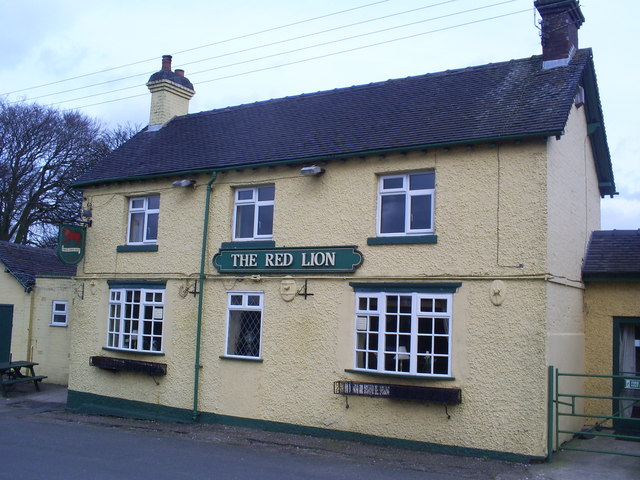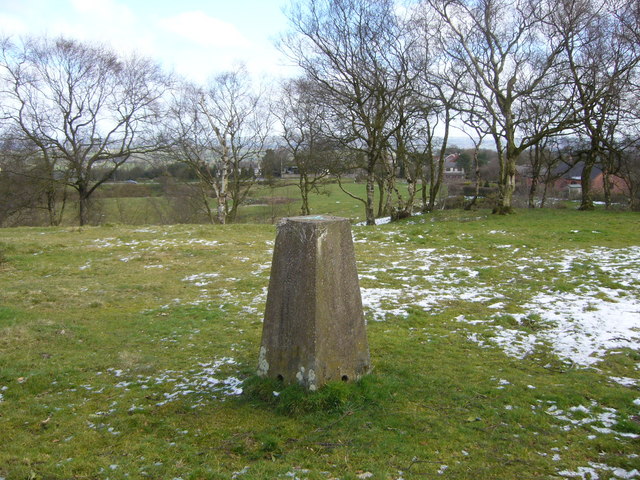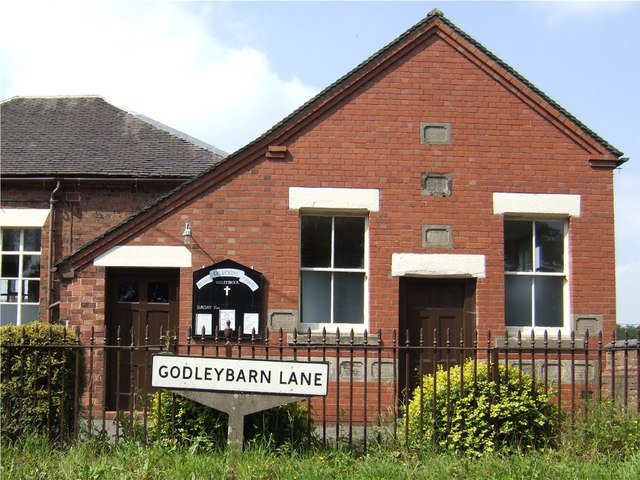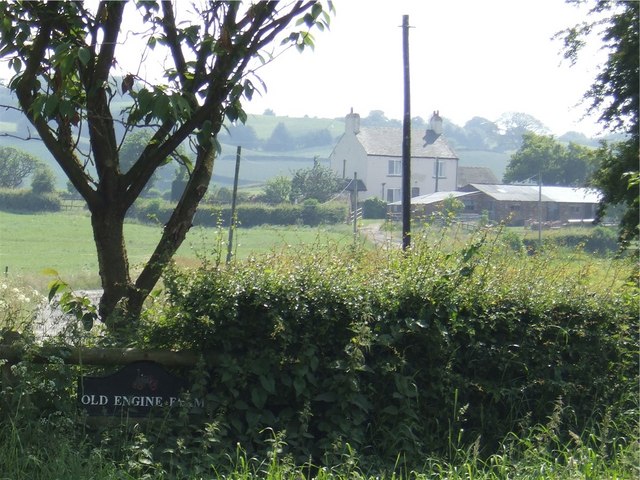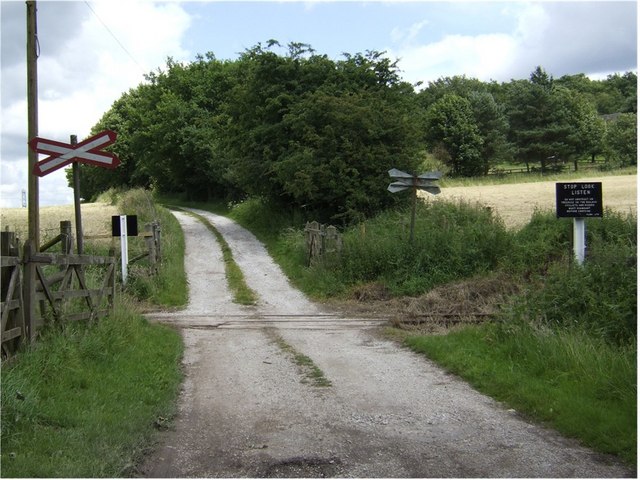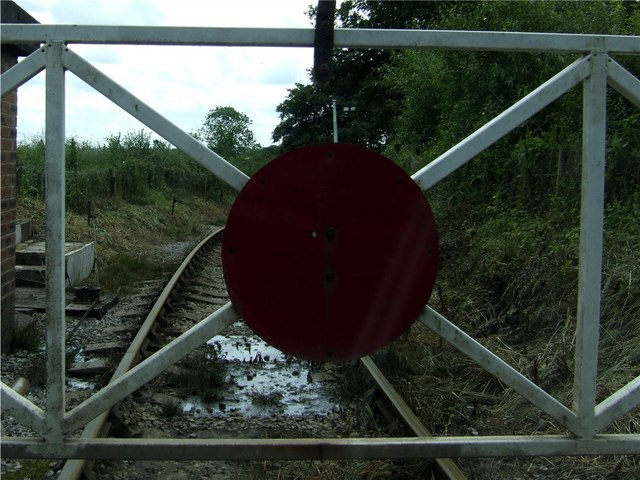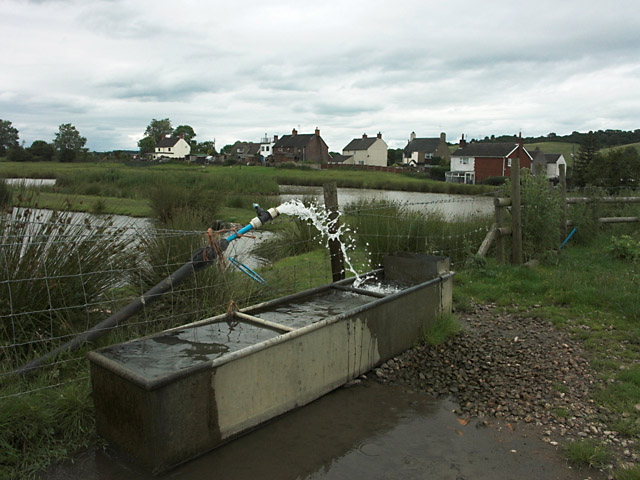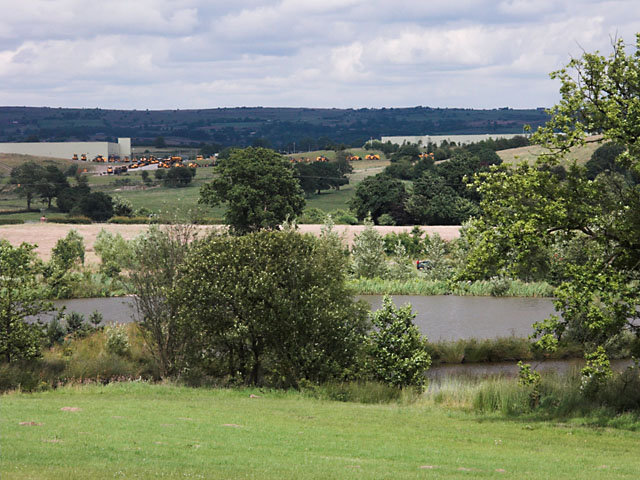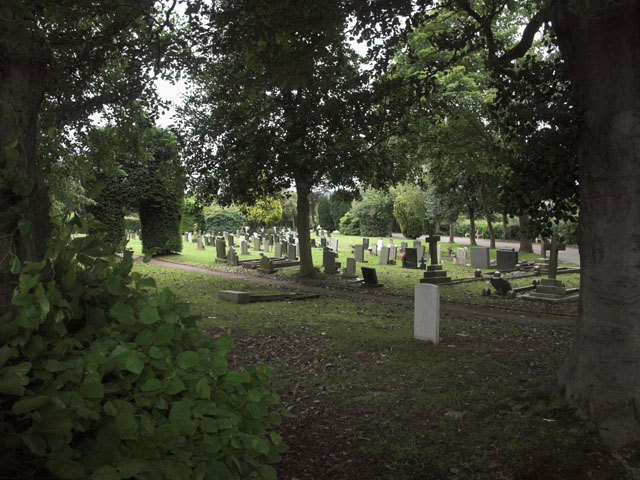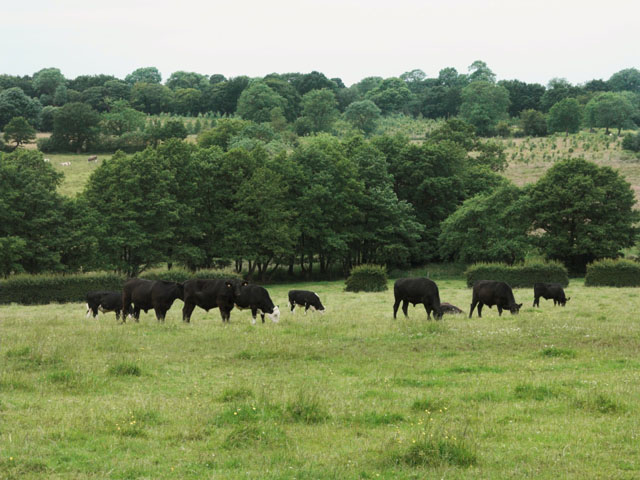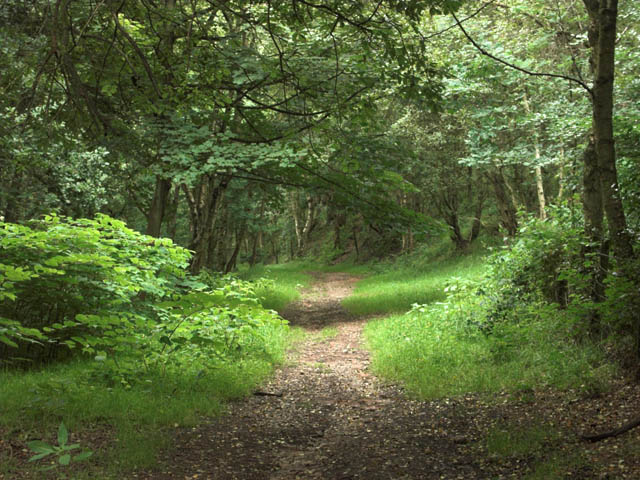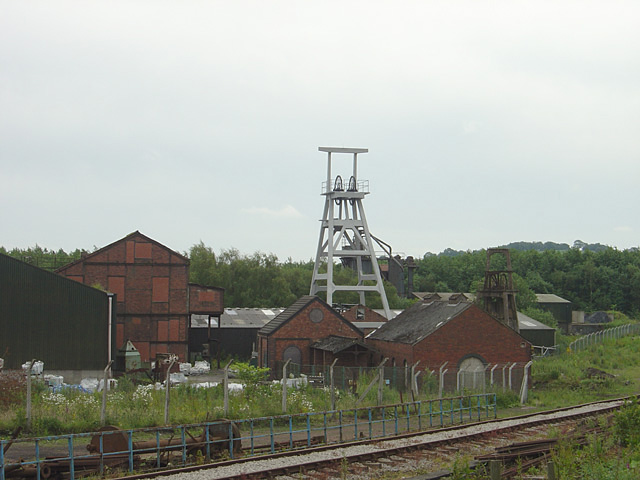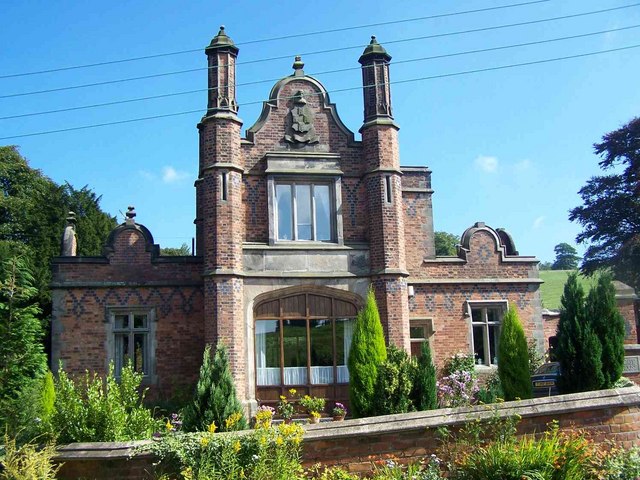Dilhorne
Settlement in Staffordshire Staffordshire Moorlands
England
Dilhorne
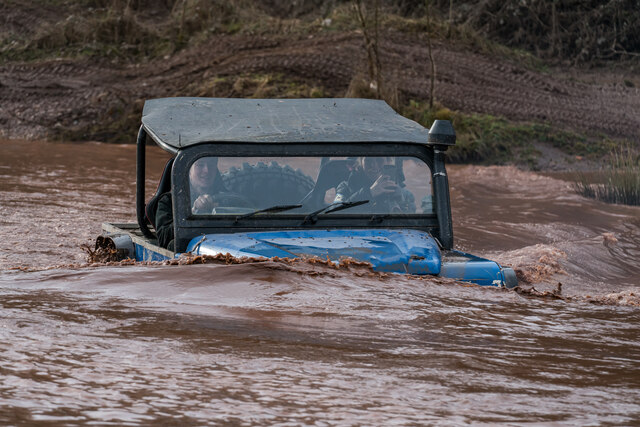
Dilhorne is a small village located in the county of Staffordshire, England. Situated approximately 5 miles east of Stoke-on-Trent, it is nestled in the picturesque countryside of the Staffordshire Moorlands. With a population of around 1,000 residents, Dilhorne offers a peaceful and close-knit community.
The village is known for its rich history, with evidence of human settlement dating back to the Roman era. Dilhorne is mentioned in the Domesday Book of 1086, indicating its significance even in medieval times. The architecture of the village reflects its historical past, with several well-preserved buildings and cottages that add to its charm.
Despite its small size, Dilhorne offers a range of amenities to its residents. These include a village hall, a church, and a primary school, providing a sense of community cohesion and convenience. The village is also well-connected to neighboring towns and cities, with good transportation links, making it an attractive place for commuters.
Surrounded by picturesque landscapes, Dilhorne offers ample opportunities for outdoor activities. The village is close to the Staffordshire Way, a long-distance footpath that provides stunning views of the surrounding countryside. Additionally, Dilhorne is within proximity to the Peak District National Park, a popular destination for hiking, cycling, and nature enthusiasts.
Overall, Dilhorne is a charming village that combines historical significance with a welcoming community atmosphere. Its idyllic location and range of amenities make it an attractive place to live for those seeking a peaceful and rural lifestyle.
If you have any feedback on the listing, please let us know in the comments section below.
Dilhorne Images
Images are sourced within 2km of 52.989709/-2.038998 or Grid Reference SJ9743. Thanks to Geograph Open Source API. All images are credited.
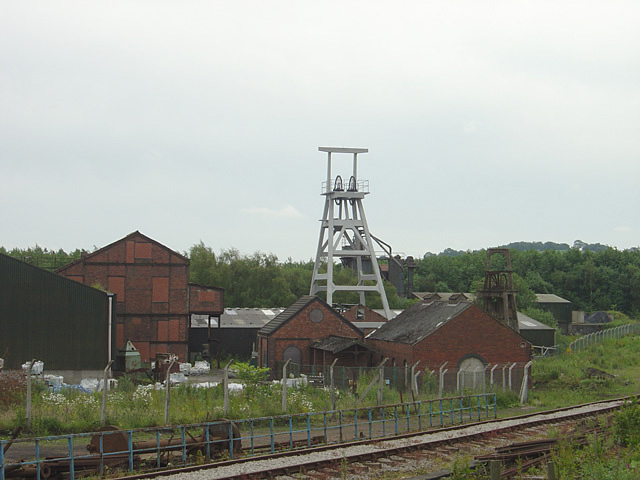
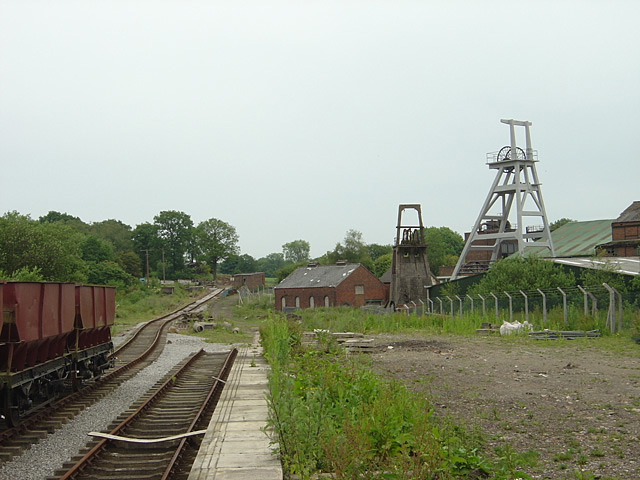
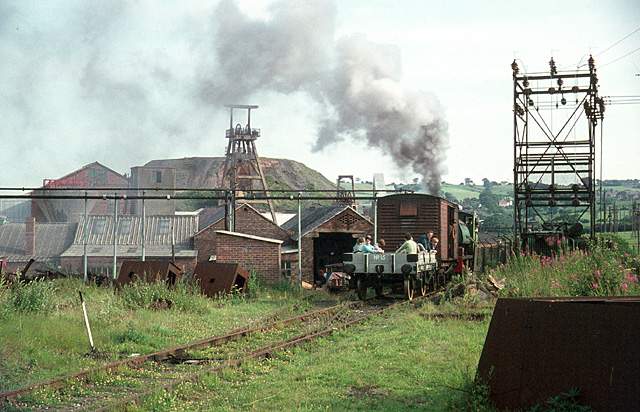
Dilhorne is located at Grid Ref: SJ9743 (Lat: 52.989709, Lng: -2.038998)
Administrative County: Staffordshire
District: Staffordshire Moorlands
Police Authority: Staffordshire
What 3 Words
///educated.fussy.string. Near Cheadle, Staffordshire
Nearby Locations
Related Wikis
Dilhorne
Dilhorne is an ancient parish and village in Staffordshire, three miles from Cheadle and six miles from Stoke-on-Trent. The village is within the Staffordshire...
Dilhorne Hall
Dilhorne Hall located in Dilhorne, Staffordshire, England, was the ancestral home of the Buller family. == History == The Hall occupied an area of approximately...
Dilhorne Park railway station
Dilhorne Park railway station is a heritage railway station in Staffordshire on the Foxfield Railway. The station is a halt set in woodland, and at 760...
Forsbrook Pendant
The Forsbrook Pendant is a piece of Anglo Saxon jewellery found in Forsbrook, Staffordshire, England and sold to the British Museum in 1879. It is a 7th...
Nearby Amenities
Located within 500m of 52.989709,-2.038998Have you been to Dilhorne?
Leave your review of Dilhorne below (or comments, questions and feedback).
